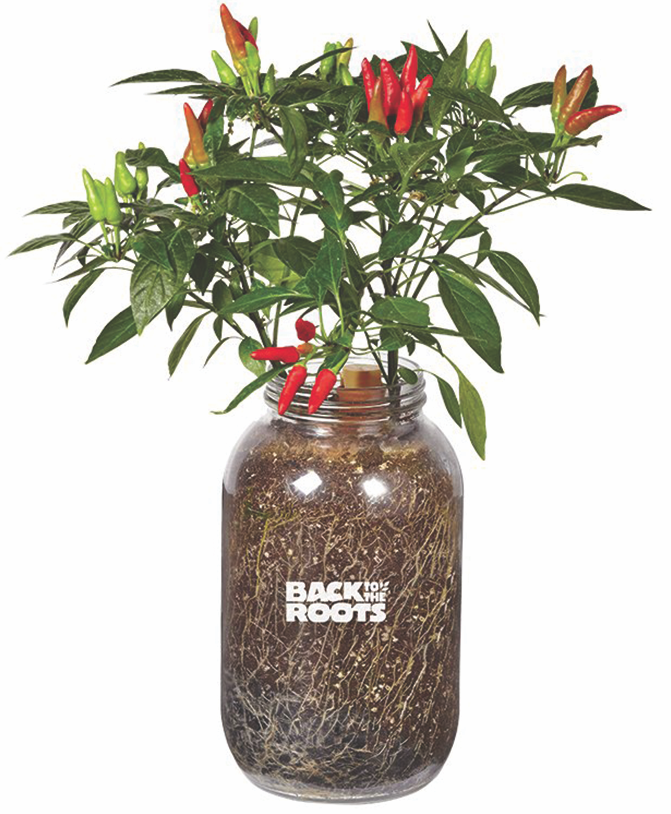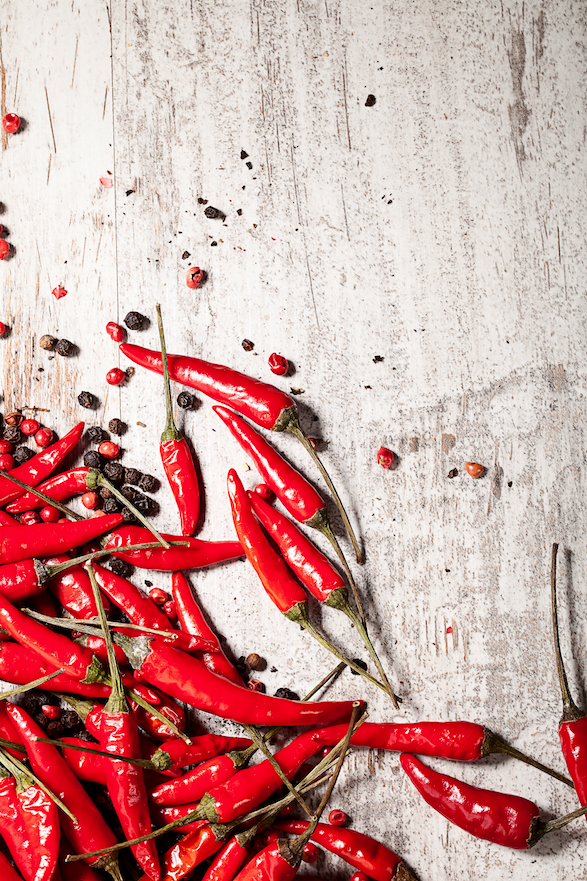Despite making your tongue feel like it is on fire and causing tears to well up in your eyes, chili peppers have a lot of health benefits and come in many varieties — with some being less spicy than others!
First cultivated in Central and South America as far back as 7500 BC, chili peppers contain a bioactive plant compound called capsaicin, which is what gives them their spicy kick. The more capsaicin a pepper has, the spicier it will be.
The capsaicin in chili peppers not only gives them their kick but also helps fight inflammation, according to Whfoods.org. Red chili peppers, like cayenne peppers, have been shown to reduce blood cholesterol and increase the body’s ability to dissolve fibrin, which is a huge part in the formation of blood clots. Across the world, cultures that use hot peppers a lot have a much lower rate of heart attack and stroke. Chili peppers are also known for their high content of beta-carotene and pro-vitamin, which help boost immunity.
Chili peppers are now grown all over the world, with Mexico, China, Spain, Nigeria and Turkey being the largest commercial producers. Some of the more popular types of chili peppers are jalapeños, cayenne peppers, habanero and serrano peppers. For those who want to reap the benefits of chili peppers but cannot handle too much spice, there are sweet and mild chili peppers like banana peppers, carmen Italian sweet chili peppers and poblano peppers. Give one of these a try next time you want to add a little kick to your food.

Chili Pepper Self-Watering Planter
$29.99, Backtotheroots.com
Want to grow your own chili peppers? This self-watering olla pot planter uses a North African gardening technique to automatically water your organic chili peppers as they need it. All you have to do is add water once a week!

